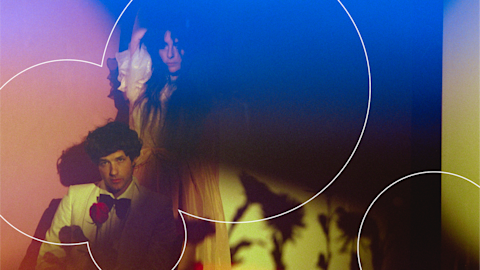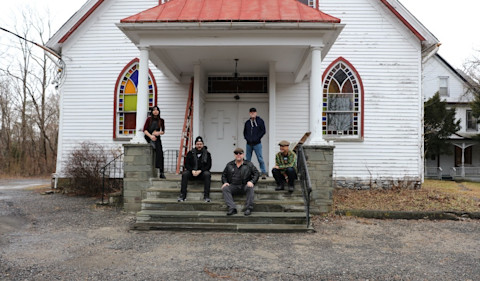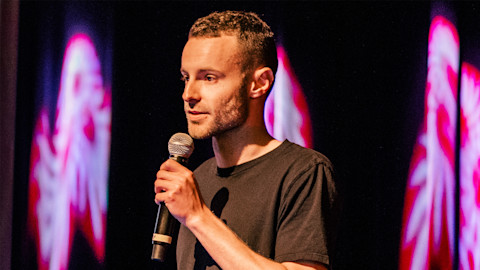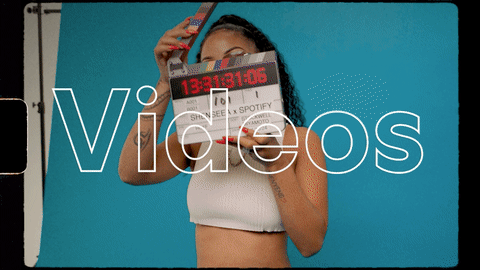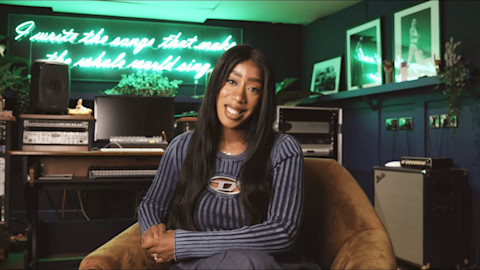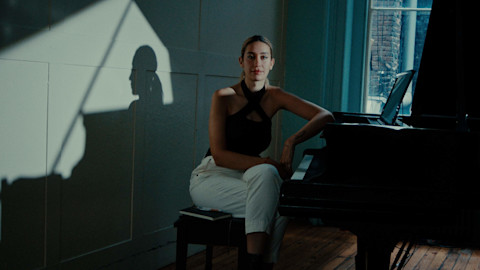Technology has changed the way artists connect with their fans, but Sioux Zimmerman, PR powerhouse and Founder/CEO of Magnum PR, knows that certain things haven’t changed when it comes to building a community around an artist. We talked to her about how music PR has changed, the power of collaboration, and what really gets music critics to shows.
Spotify for Artists: You’ve described your current company as doing “multi-platform entertainment marketing.” What does that mean in the music industry?
Sioux Zimmerman: I’ve always used the tagline “artist development and PR” and today that means essentially “branding” an artist or an event. I still believe that building a fanbase for the artist is first and foremost. Without a fanbase, nothing else matters. Without fans no one will hear your message in your music. Branding means everything from choosing the right stylist and photographer to the design of an artist’s logo or artwork—everything should be synchronized. I consider myself a dot connector. Early in my career, I was obsessed with matching music to imagery. I remember working with one of my early clients and asking the owner of the label if I could spend off-work hours investigating video directors for the artist and that became part of my career. As I continued, I started finding the right photographers and the right visual imagery that matched up with an artist’s personal brand. One of the best things about what I’m doing now is I’m able to connect my artists with branding opportunities that make sense for them.
How have your communications with the press changed?
I absolutely love the phone and face-to-face meetings, but a lot of writers just don’t have time for that. And, to be honest, neither do I. When I first started in PR it was the only way to make a connection and state your agenda and to get immediate answers or responses. You knew pretty much right away if you piqued a writer’s interest. With emails, you just never know what’s happening. Email campaign software lets you see who’s opening your press release blasts and who’s clicking on the links and that makes you think, “Oh they must be interested.” But still your email follow-ups can go unanswered.
![Audience members at Co.Lab: Release Strategies]()
Audience members at Co.Lab: Release Strategies
What is the role of the music critic in this new landscape?
That’s a trick question! I remember years ago sitting in the office chatting with Spin’s then editor-in-chief, Craig Marks. He had at the very least 650 CDs on his desk and said, “this is just from Monday.” He would likely listen to all of them to consider what 10 CDs were going to get reviewed in that month’s issue. I also remember Jon Caramanica from the New York Times came to see an indie band I was repping at a small Brooklyn venue and I asked what sparked his interest in coming. “The CD’s cover art,” he said. [Laughing.] Not me pressing him or the constant pitching—go figure. I really wish the role of the music critic was still giving “discovery” a chance. It sometimes wears a PR rep down when we think that we have a great client that the media is going to grab onto and we get a response like, “I really like this artist, and they do fit with our vibe, but they don’t have enough social media following. Reach back to me when they have 10K followers.” I always think to myself, well how can they do that if writers like you don’t give them a chance?
How have you seen artist and brand partnerships evolve? What are you excited about in this space right now?
I like to use Moog and Moogfest as an example here. Moog is an artist-driven brand. Everything they do is focused to create tools for artistic expression and experimentation, so it makes sense for Moog to create viral content with artists using and demonstrating their tools and instruments and discussing everything from the usage of the tool to its historical context. They put on an annual festival every year where they give these artists a platform to do anything from a “masterclass” to discuss their expertise in the field, to an interactive workshop where festival attendees can participate. Then they give them a stage so that they can demonstrate their creative vision. These artists are using Moog instruments, but also other creative tools to demonstrate the collaborative process. Moogfest essentially is a marketing vehicle for Moog instruments but they’re creating a platform for artists to express their vision and I think artists appreciate this sort of collaboration.
—Spotify for Artists
